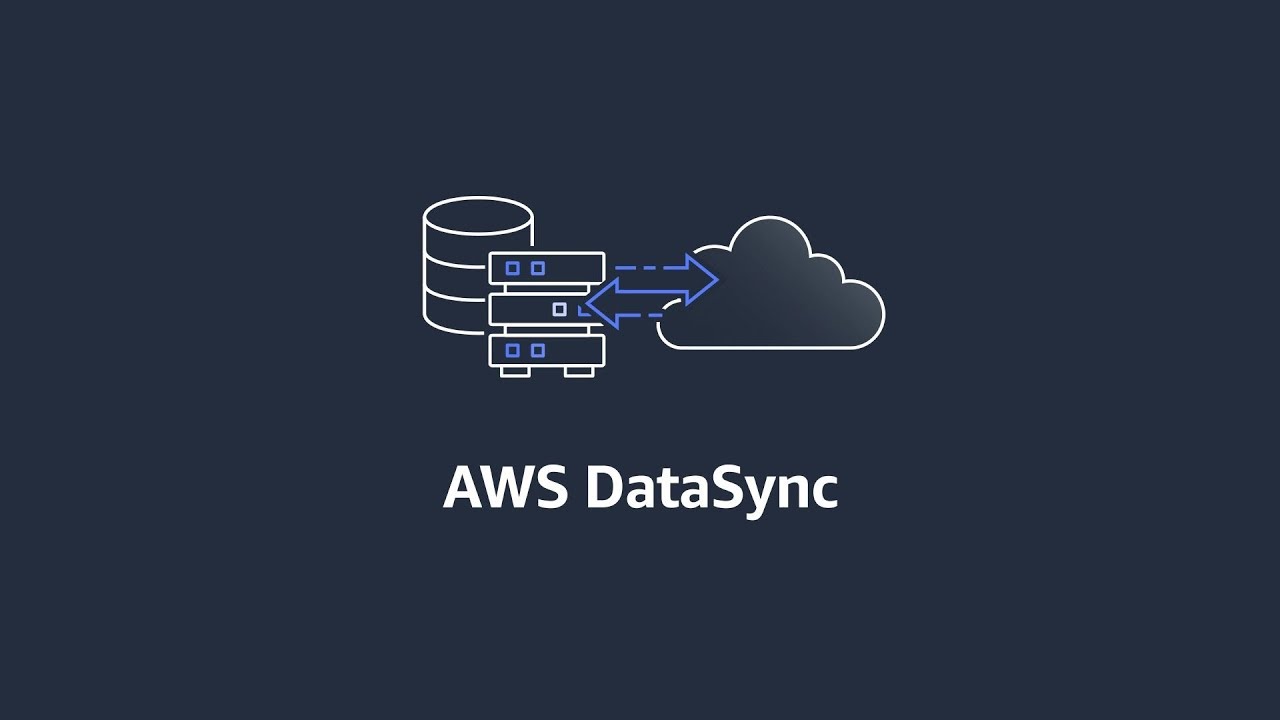Simplifying Data Transfer with AWS DataSync
 Sumit Mondal
Sumit Mondal
In the vast landscape of cloud computing, Amazon Web Services (AWS) stands out as a leader in providing scalable and efficient solutions for businesses. One such tool that streamlines data transfer processes is AWS DataSync. In this blog post, we'll explore how to use AWS DataSync in a simple and easy-to-understand way.
What is AWS DataSync?
AWS DataSync is a fully managed service designed to simplify, automate, and accelerate the transfer of large amounts of data between on-premises storage systems and AWS storage services. Whether you're migrating data to the cloud, replicating files for disaster recovery, or distributing content globally, AWS DataSync ensures a secure and efficient transfer process.
Getting Started
Step 1: Sign in to AWS Console
Begin by signing in to the AWS Management Console. If you don't have an AWS account, you'll need to create one.
Step 2: Navigate to AWS DataSync
Once logged in, locate the AWS DataSync service. You can find it easily by typing "DataSync" in the search bar. Click on the service to open the DataSync console.
Creating a Task
Tasks in AWS DataSync represent the process of transferring data between a source and a destination location. Let's walk through the process of creating a basic task.
Step 3: Create a Task
Click on "Create Task" in the DataSync console.
Specify a Task Name for easy identification.
Choose a source location (on-premises or in the cloud) and a destination location (an AWS storage service).
Configure your network options based on your security requirements.
Setting Up the Transfer
Step 4: Configure Options
AWS DataSync provides various options to optimize your data transfer. You can set bandwidth limits, choose to verify data integrity, and enable logging for detailed insights.
Step 5: Schedule the Transfer
You have the flexibility to run your task immediately or schedule it for later. Setting up a schedule ensures that your data transfers happen at convenient times, reducing any impact on your network.
Monitoring and Troubleshooting
Step 6: Monitor Task Progress
Once your task is running, you can monitor its progress through the AWS DataSync console. Track metrics such as bytes transferred, transfer speed, and overall progress.
Step 7: Troubleshoot Issues
If you encounter any issues during the data transfer, AWS DataSync provides comprehensive logging and error reporting. Use these insights to troubleshoot and optimize your transfer process.
Conclusion
AWS DataSync simplifies the complexities of data transfer, providing a user-friendly interface and powerful features. By following these simple steps, you can efficiently move your data between on-premises and AWS storage, unlocking the full potential of cloud computing for your business.
Embrace the power of AWS DataSync and streamline your data transfer processes with ease!
Subscribe to my newsletter
Read articles from Sumit Mondal directly inside your inbox. Subscribe to the newsletter, and don't miss out.
Written by

Sumit Mondal
Sumit Mondal
Hello Hashnode Community! I'm Sumit Mondal, your friendly neighborhood DevOps Engineer on a mission to elevate the world of software development and operations! Join me on Hashnode, and let's code, deploy, and innovate our way to success! Together, we'll shape the future of DevOps one commit at a time. #DevOps #Automation #ContinuousDelivery #HashnodeHero